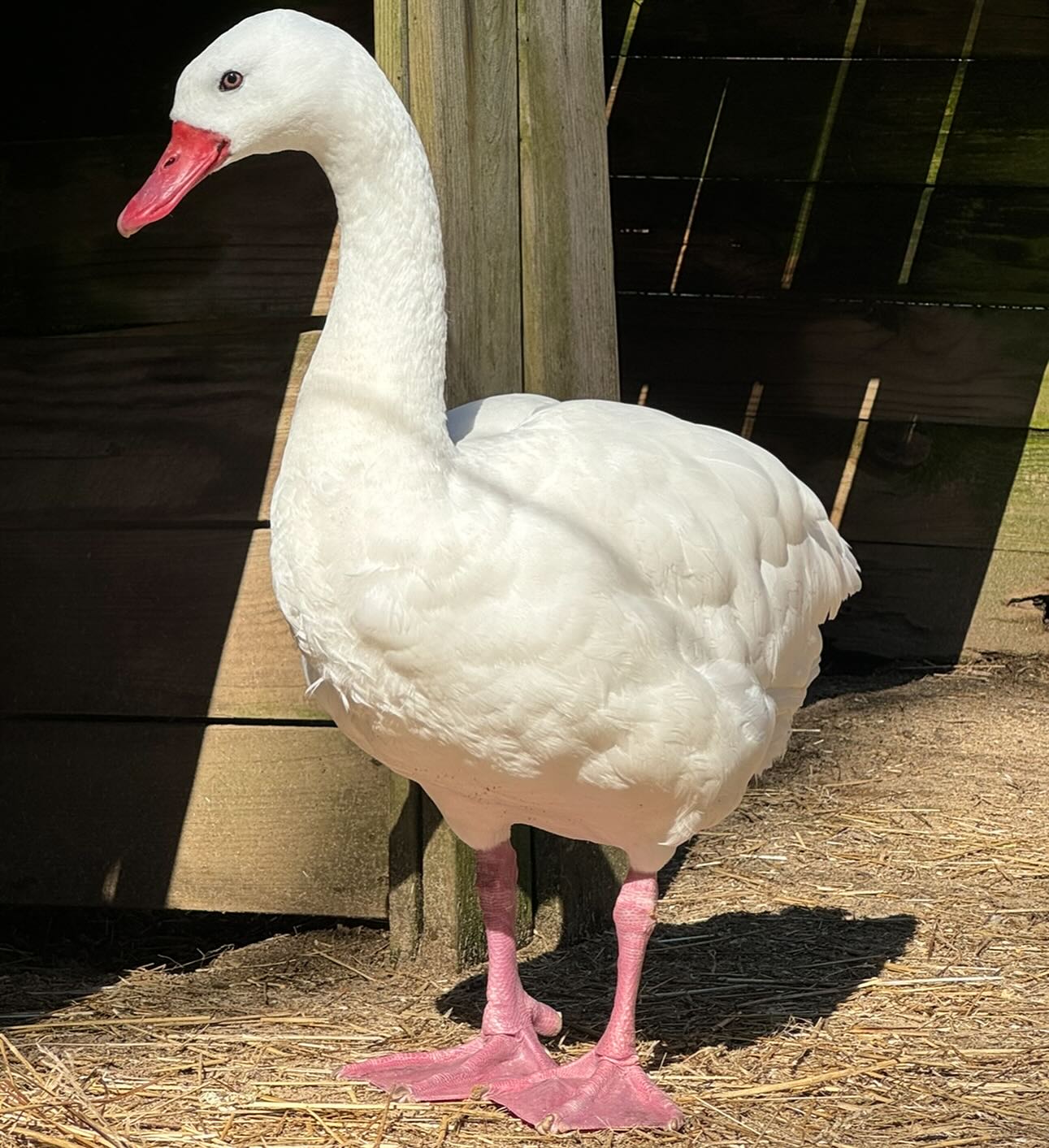– The coscoroba swan‘s biology and behavior as the smallest member of the swan family
– Current conservation status of the coscoroba swan and the IUCN Red List
– The critical role of habitat and the threats to coscoroba swan habitats
– Conservation efforts and strategies to protect coscoroba swan populations
The coscoroba swan is an elegant creature native to Southern South America. Despite being the smallest in its lineage, it boasts a significant presence with a wingspan reaching up to 1.2 meters (almost 4 feet). Its distinctive white plumage, red beak, and curious honking call make it a unique feature of the lagoons and swamps it calls home. Primarily herbivorous, it grazes on aquatic vegetation, playing a pivotal role in ecosystem health by controlling plant growth.
Diving into the biology of the coscoroba swan reveals a species adapted to life both on water and land. Its webbed feet are excellent for swimming, while the structure of its legs allows it to walk easily on solid ground. One of the remarkable aspects of the coscoroba swan is its monogamous nature, often forming bonds that last a lifetime. This behavior translates to cooperative nurturing of their young, with both parents involved in protection and care.
Despite its enchanting presence, the coscoroba swan is not immune to the threat of dwindling numbers. Addressing its conservation status reveals a species categorized as Least Concern by the International Union for Conservation of Nature (IUCN). However, this status should not be mistaken for a lack of danger; it means that they currently exist in sufficient numbers. Nevertheless, monitoring their populations is critical due to potential threats that could swiftly alter their status.
The primary risk to the coscoroba swan is habitat loss. As developers drain swamps and lagoons for agriculture or urbanization, these swans’ natural feeding and breeding grounds shrink alarmingly. In addition to habitat encroachment, pollution in water bodies is a crucial concern. Runoff from pesticides and other chemicals can poison the delicate ecosystems where these swans feed and breed, leading to potentially catastrophic consequences.
Conservationists and environmental management organizations recognize the importance of preserving the habitats these swans depend on. Strategies such as establishing protected wetlands, educational programs to raise awareness, and policy advancements all play vital roles in securing a future for the coscoroba swan. Community involvement is also essential, as locals can often provide the first line of defense against habitat degradation.
Researchers and wildlife experts dedicate time to understanding the coscoroba swan’s habits, migratory patterns, and reproductive behaviors, gaining valuable insights that inform conservation approaches. Tagging and tracking initiatives help collect data on their movements, revealing the international nature of their survival; countries throughout their range must cooperate to protect these birds.
Efforts to preserve and restore critical swan habitats can serve as the cornerstone of the conservation strategy for the coscoroba swan. Encouraging responsible land use, supporting sustainable agriculture, and combating climate change all contribute to the broader picture of wetland conservation. By maintaining the health of these ecosystems, the swan is safeguarded, and countless other species share these environments.
As the topic of the coscoroba swan unravels, it’s clear that this species, like all wildlife, exists in a delicate balance with its environment. Conservationists must continue to work assiduously to protect these swans, ensuring they thrive for generations to come. Continuous research, adaptive management practices, and an unwavering commitment to conservation are key to maintaining the ecological dance that supports the coscoroba swan’s survival.
*****
Source Description
Model status!
Like Flynn, the coscoroba swan is the smallest of the swan family, though still a large waterfowl species. It is Native to Southern South America and tends to reside in lagoons and swamp areas.
Although they are currently on the IUCN Red List as an animal of Least Concern, the Coscoroba swan still faces threats to its population size. The most serious threat to its continued survival is the loss of habitat. These swans, with their aquatic feeding needs, play an important role in maintaining and controlling the growth of aquatic vegetation 🦢


